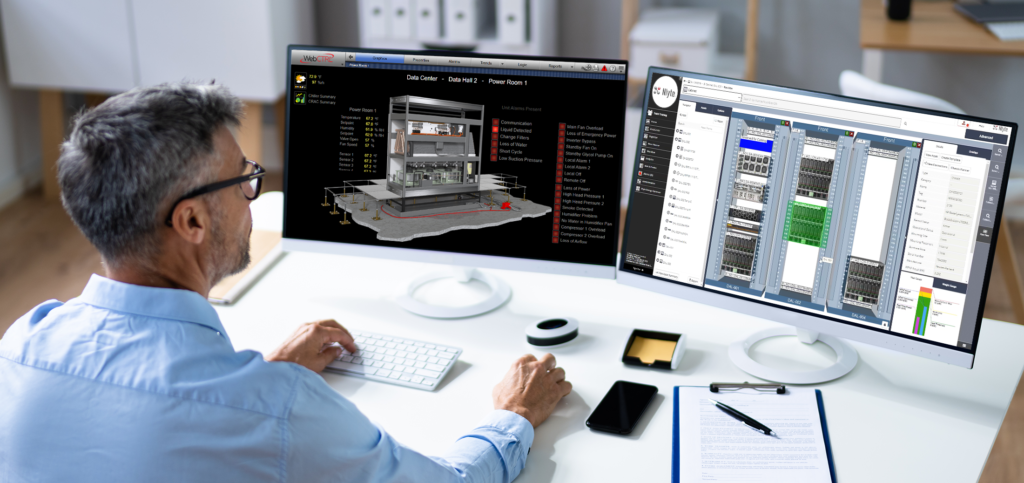Today’s universities are not just knowledge sanctuaries but are also repositories of immense digital assets. With the widespread integration of technology in contemporary education, data centers serve as the university’s heartbeat, fueling academic research, digital learning, administrative tasks, and beyond. Nevertheless, these centers are substantial energy consumers, consequently adding to the overall carbon footprint. As a response, universities are welcoming Integrated Data Center Management (IDCM) to support their sustainability aspirations.
Per DataCenter Knowlege: “Integrated Data Center Management (IDCM) brings together numerous systems, from Building Management Systems (BMS) to ITOps and Data Center Infrastructure Management (DCIM). IDCM provides greater efficiency, streamline management, and improve insight across these previously disparate systems.”
IDCM offers a comprehensive strategy to supervise data center resources, covering diverse elements such as servers, storage systems, networking equipment, and HVAC systems. The primary objective is to boost resource use efficiency, enhance overall effectiveness, and importantly, minimize data centers’ carbon footprint concerning sustainability.
Key IDCM aspects that promote sustainability include:
Cooling Chain Supervision: An Essential Element of Sustainable Data Centers
Sustainability pursuit entails effective management of data center cooling chains, which often account for up to 40% of total energy usage. Universities can utilize IDCM to proactively handle the cooling chain, significantly augmenting energy efficiency and sustainability.

Understanding the Cooling Chain
The cooling chain involves all elements responsible for maintaining the ideal equipment temperature levels. It begins with the cooling units that generate cold air, advances through the air distribution system, and eventually cools the servers and other equipment. The absorbed heat is then expelled from the data center, and the cycle persists.
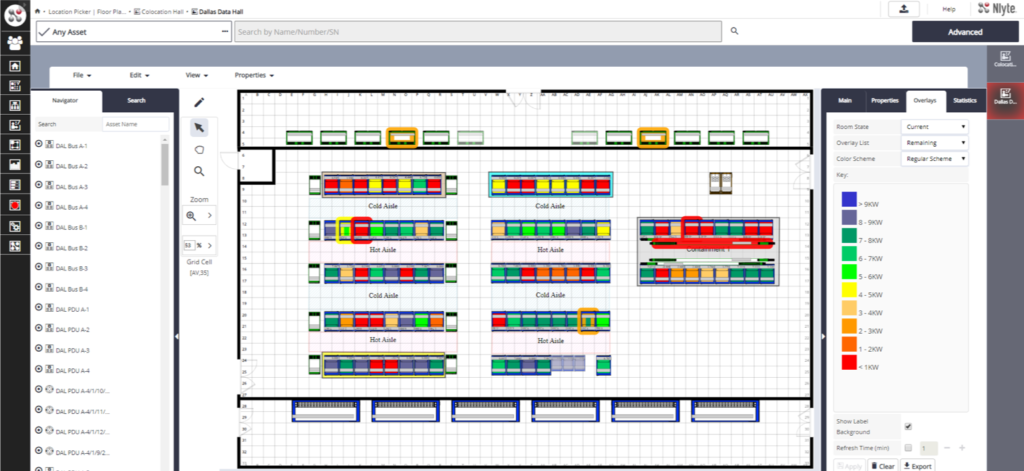
Cooling Chain Optimization with IDCM
IDCM provides several tools and strategies for optimizing the cooling chain, contributing to sustainability.
Real-Time Monitoring and Control: IDCM uses distributed sensors for real-time temperature and humidity data, enabling immediate adjustments to prevent energy wastage from overcooling or overheating.
Predictive Analysis and Machine Learning: IDCM applies predictive analysis and machine learning to foresee changes in cooling demand. This allows dynamic cooling chain adjustments, ensuring optimal temperature levels while minimizing energy consumption.
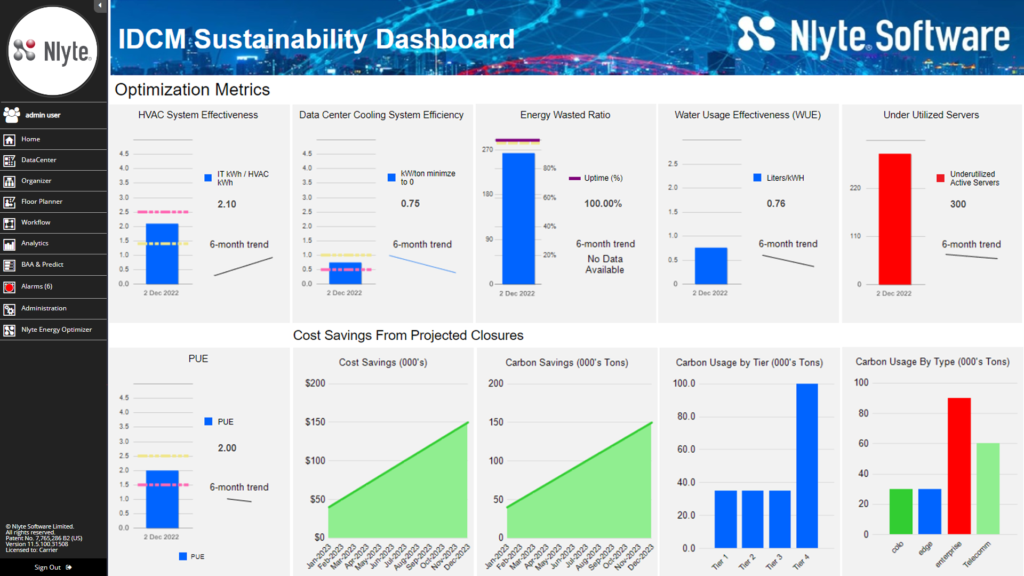
Airflow Management: IDCM provides guidance on equipment placement and hot and cold aisle design for efficient airflow management, reducing energy usage and preventing damaging hotspots.
Intelligent Space Management: Optimizing Data Center Infrastructure for Sustainability
Given the increasing digital service demand, data centers constantly strive to accommodate more equipment in the same or reduced space. Intelligent space management, a crucial part of IDCM, plays a key role in addressing this issue, contributing to overall sustainability.
The Importance of Intelligent Space Management
The incessant need for additional servers, storage systems, and equipment presents a challenge for space-constrained data centers. This creates the necessity for intelligent space management – a strategy to use available space efficiently without compromising performance.
The Role of IDCM in Intelligent Space Management
IDCM offers a range of tools and strategies to optimize data center space usage:
Capacity Planning: IDCM guides capacity planning by analyzing current utilization and future needs, assisting in avoiding overcapacity and wasted space.
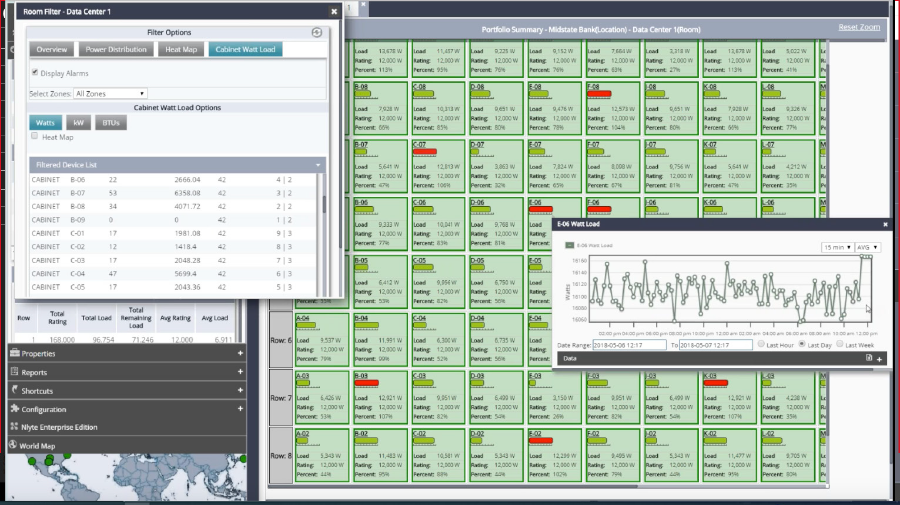
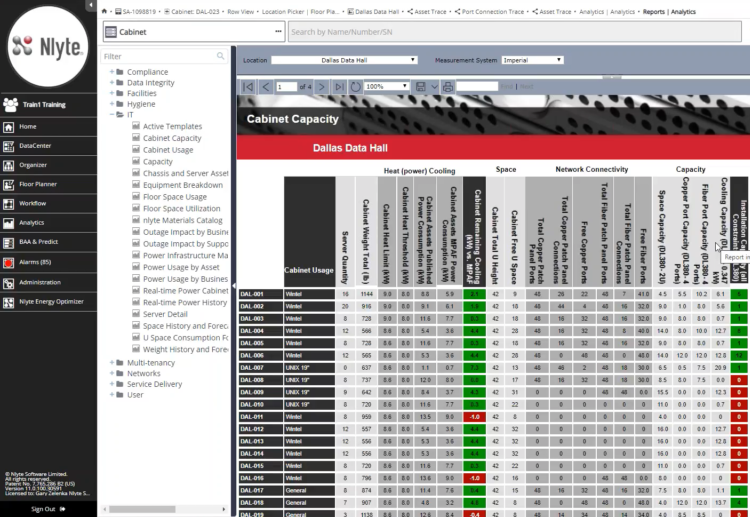
Virtualization: IDCM uses virtualization to run multiple virtual servers on a single physical server, significantly reducing the physical space required.
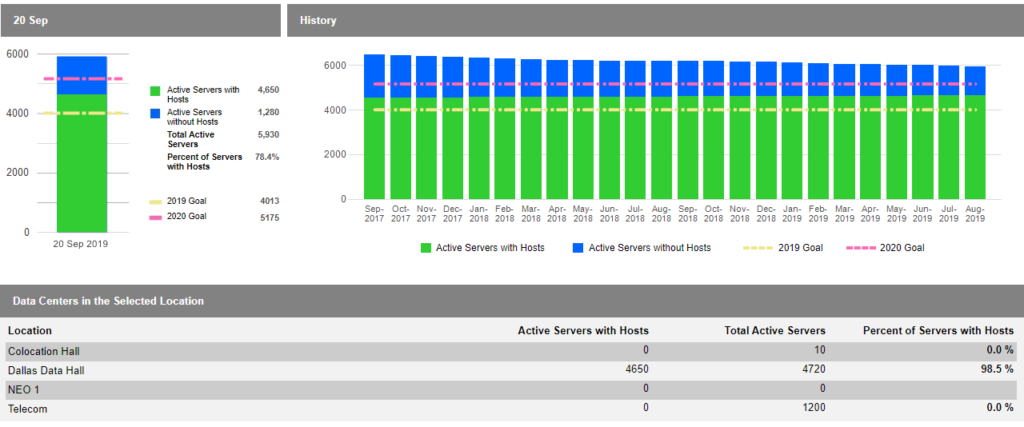
Rack Optimization: IDCM insights into rack utilization help identify underutilized racks, optimizing the data center footprint and reducing energy costs.
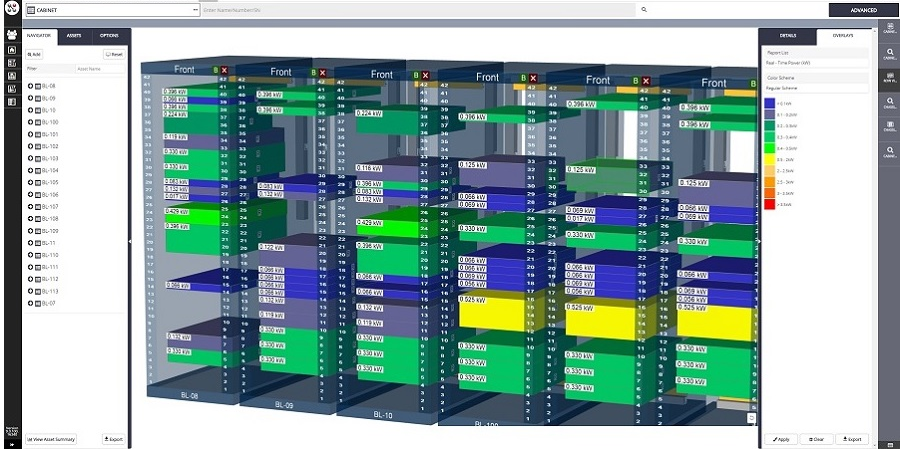
Layout Planning: IDCM uses algorithms for efficient equipment placement, considering factors like cooling requirements and energy consumption.
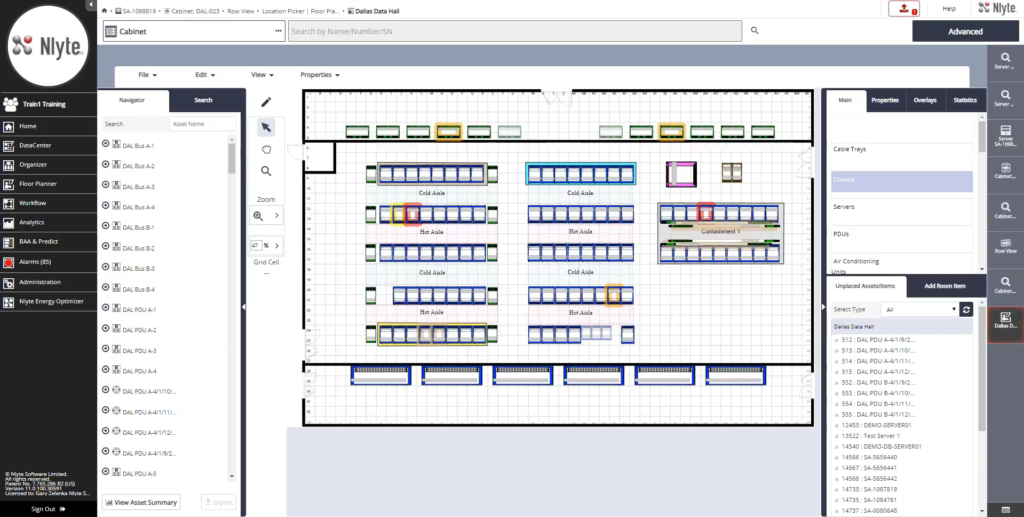
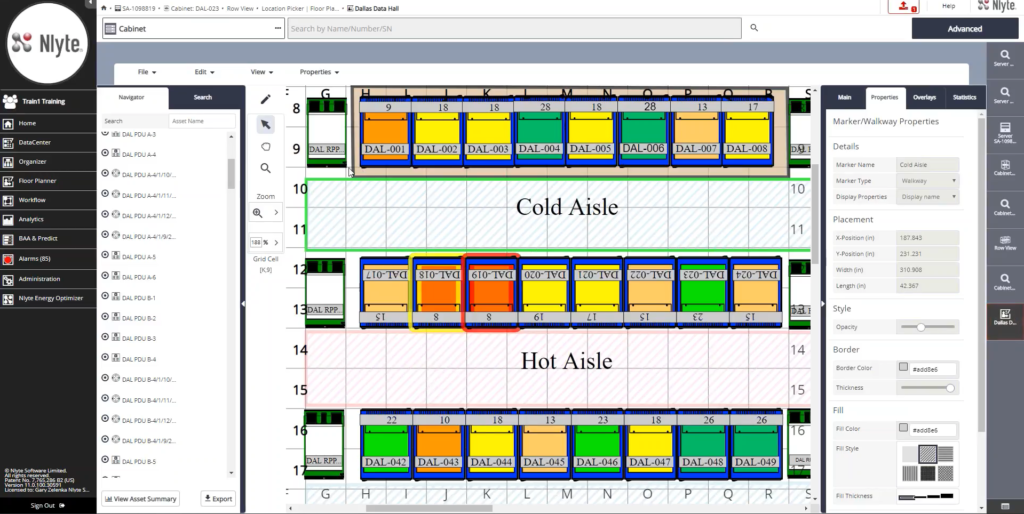
Real-Time Asset Tracking: IDCM offers real-time tracking of all data center assets, enabling effective space planning and management.
Machine Learning Optimization: The Future of Sustainable Data Center Management
In the age of data-driven decision-making, machine learning (ML), a key component of IDCM, is revolutionizing data center management, providing a new level of intelligence and predictive capability to operations, furthering sustainability objectives.

Adaptive Resource Management
Machine learning algorithms are adept at learning from data and improving over time. Within IDCM, these algorithms can analyze vast quantities of operational data, discern patterns, and make informed decisions about resource allocation. For instance, ML can anticipate workload patterns and dynamically allocate resources to enhance efficiency and minimize energy use, thus helping to reduce the carbon footprint of data centers.
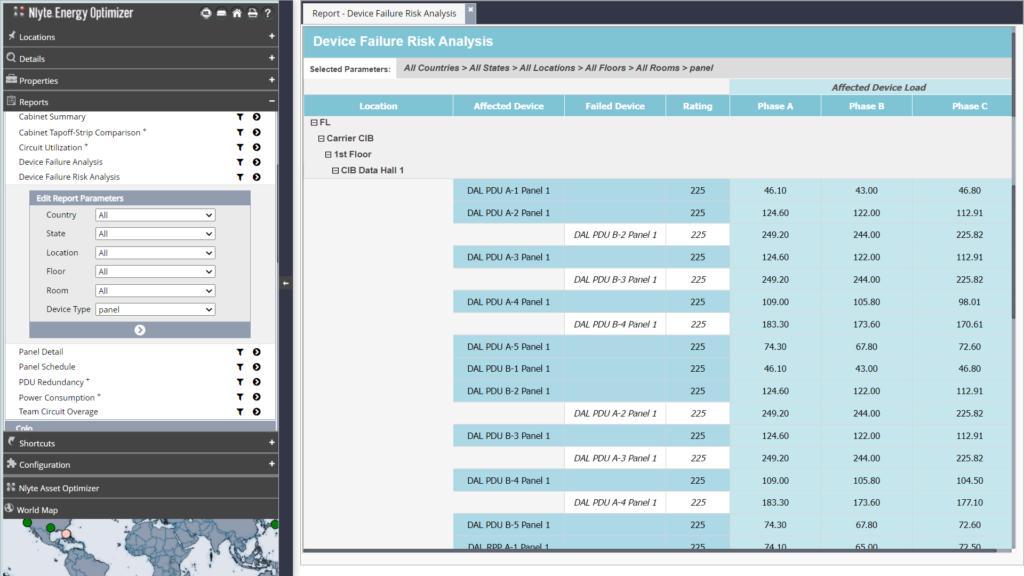
Predictive Maintenance
Machine learning’s predictive capabilities are particularly notable. By scrutinizing historical data, ML can forecast future trends and potential issues. For example, it can predict when a piece of equipment is likely to fail based on performance data, facilitating preventive maintenance. This not only reduces downtime but also curbs waste from unexpected equipment breakdowns, contributing to sustainability efforts.
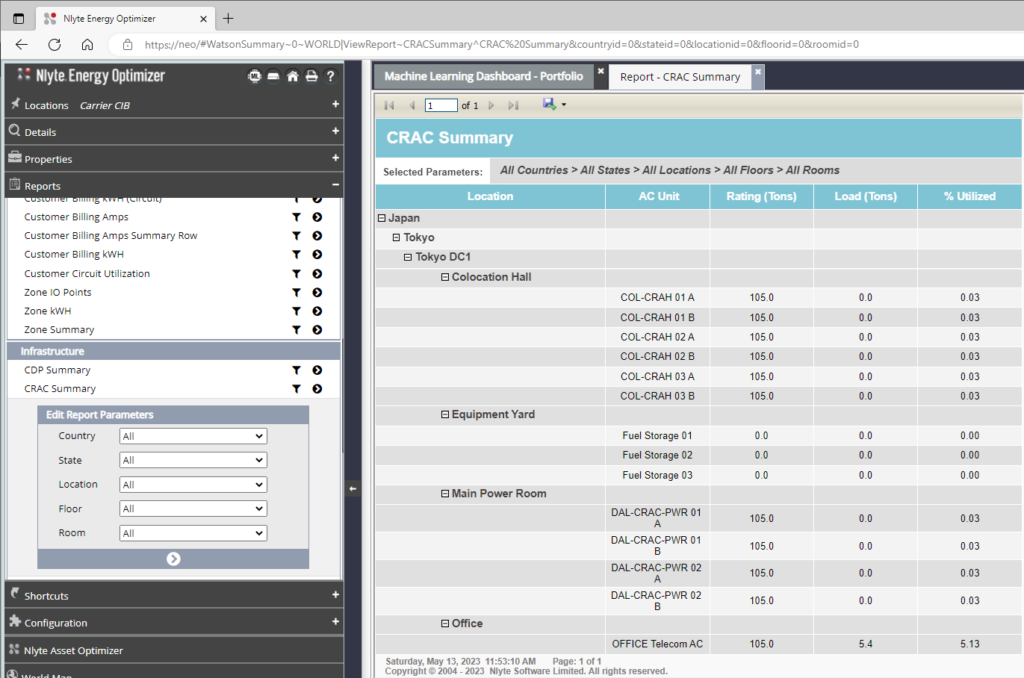
Cooling Efficiency Improvement
Cooling systems account for significant energy use in data centers. Machine learning can optimize these systems by predicting temperature variations based on several factors, such as workload, ambient temperature, and time of day. By dynamically adjusting cooling systems based on these predictions, universities can significantly cut down on energy waste.
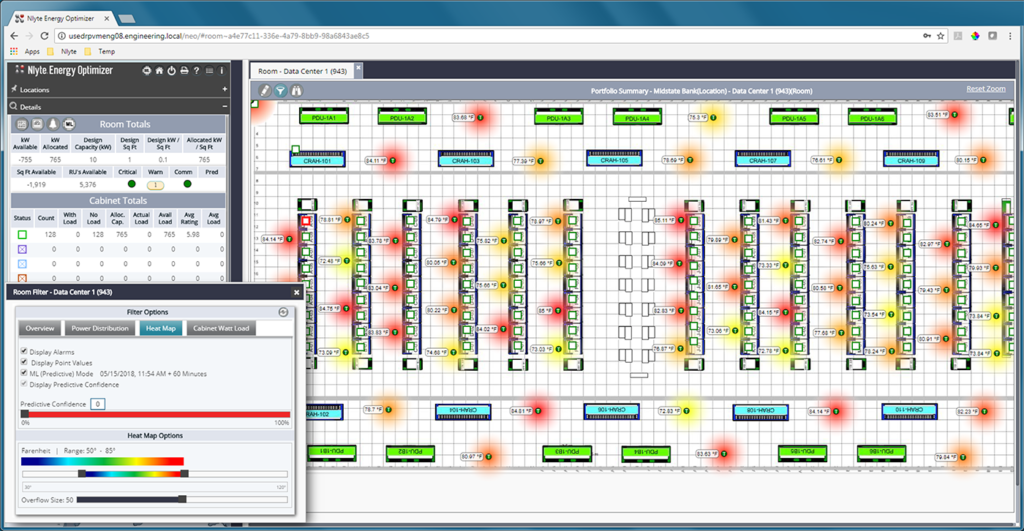
Continuous Improvement
Machine learning’s unique capacity for continuous improvement sets it apart. As it learns from new data, it becomes more adept at predicting and managing resources. This means that the longer a university employs IDCM with ML, the more energy-efficient and sustainable their data center can become. It’s a progressive step towards a greener future in the realm of data center management.
Energy Usage Analysis: Informed Decision Making for Sustainability
In the journey towards sustainability, informed decision-making is critical. IDCM, armed with machine learning, provides comprehensive energy usage analysis, shedding light on consumption patterns and areas of inefficiency. This analysis can guide energy-saving measures, directly contributing to the reduction of the data center’s carbon footprint.
Understanding Energy Usage
The energy consumption of a data center is distributed across various components such as servers, cooling systems, and network equipment. Understanding how and where energy is used can highlight areas for improvement and guide sustainability efforts.
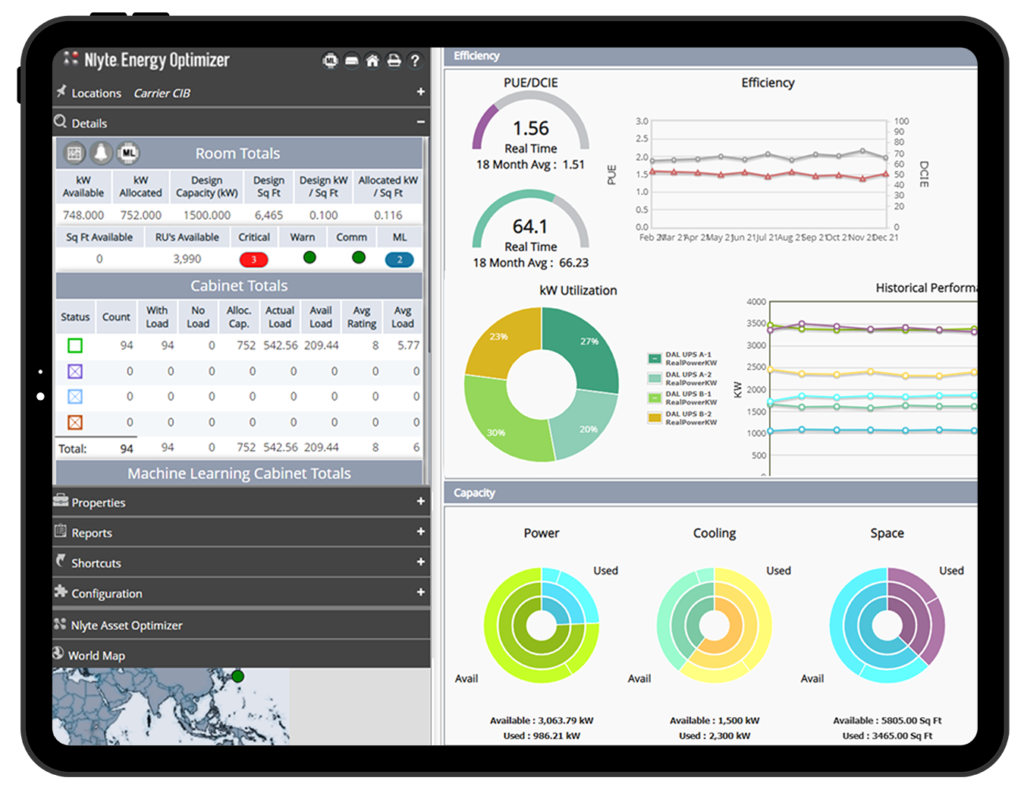
Energy Usage Analysis with IDCM
IDCM uses machine learning to provide a detailed analysis of energy usage in real-time. This includes:
Power Monitoring: IDCM allows for real-time monitoring of power usage, providing insights into how much energy is being consumed by different components in the data center.
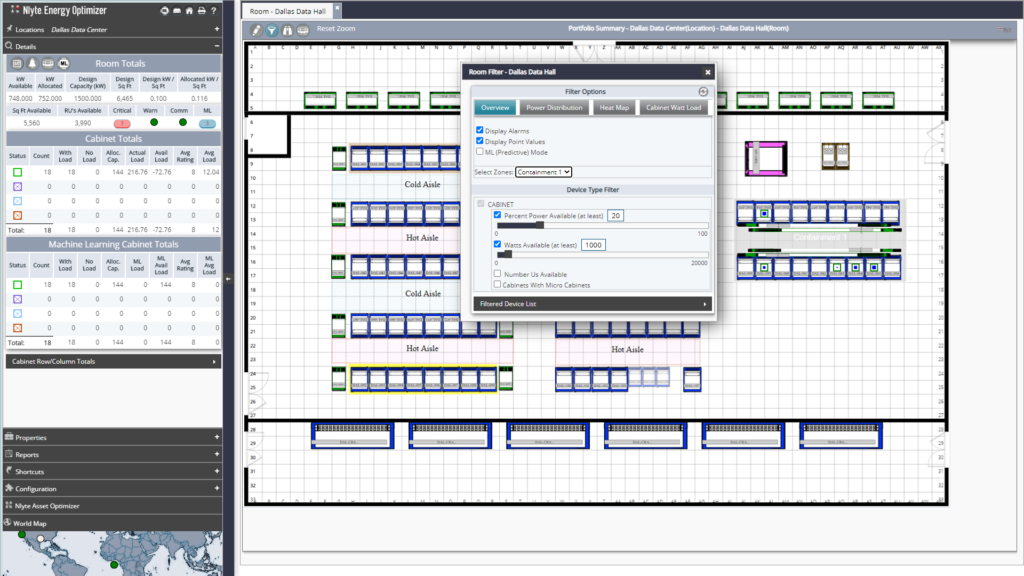
Energy Efficiency Metrics: IDCM calculates key energy efficiency metrics, such as Power Usage Effectiveness (PUE), to provide an understanding of the data center’s overall energy efficiency.
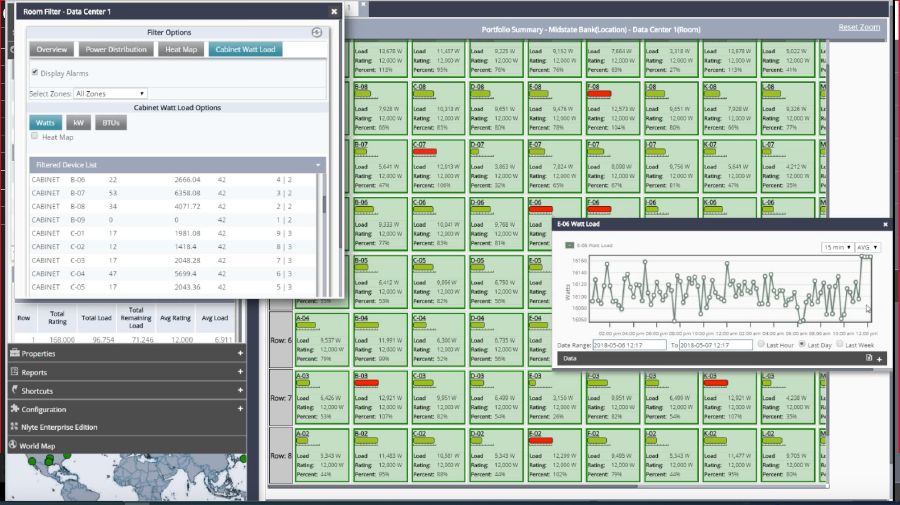
Trend Analysis: By analyzing energy usage trends over time, IDCM can identify patterns and anomalies that could indicate potential issues or areas for improvement.
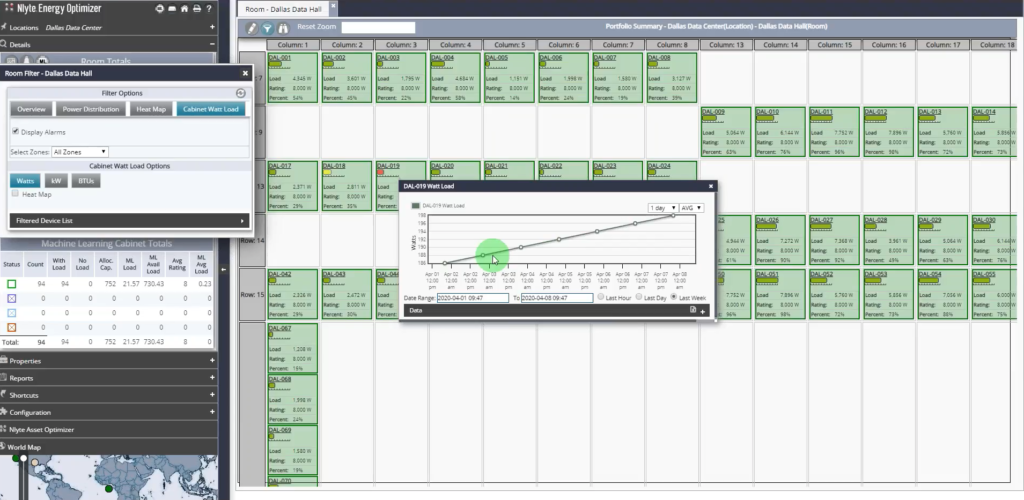
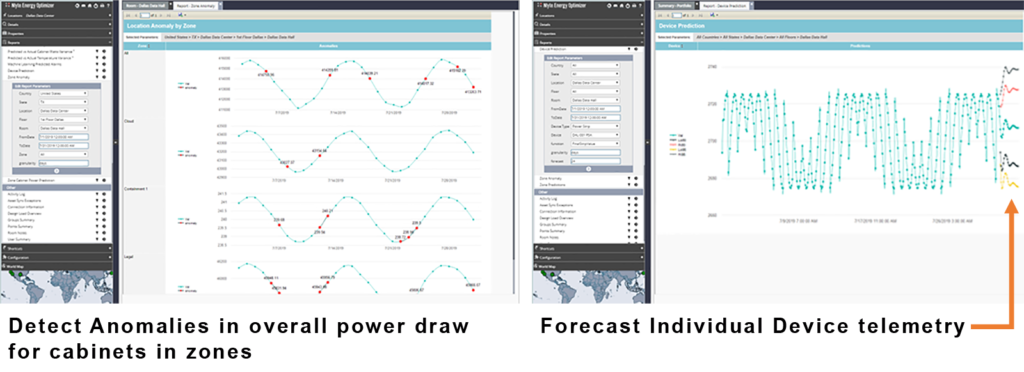
Predictive Analysis: Machine learning algorithms can predict future energy needs based on historical data, enabling proactive energy management and planning.
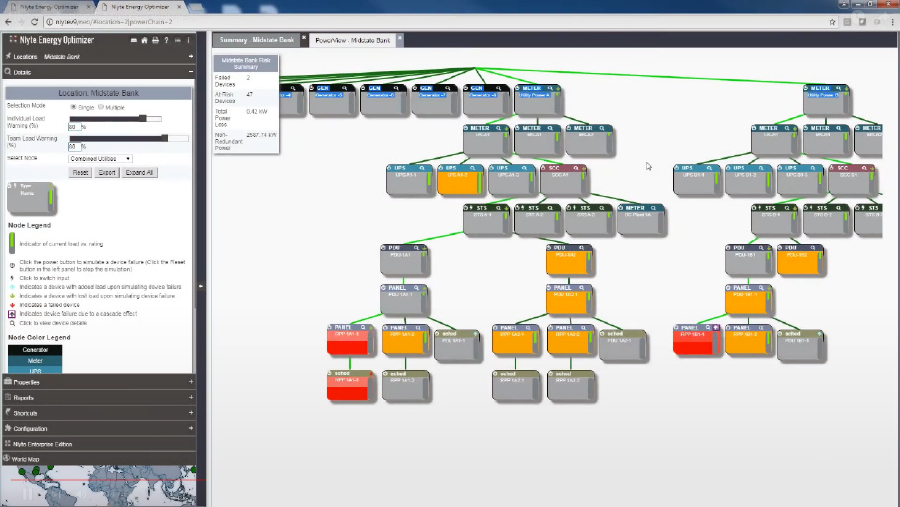
Optimization Suggestions: Based on the analysis, IDCM provides recommendations for optimizing energy usage, such as adjusting cooling settings or redistributing workloads.
In conclusion, Integrated Data Center Management (IDCM) is an essential tool for universities seeking to reduce their carbon footprint and achieve their sustainability goals. By optimizing cooling chains, managing space intelligently, employing machine learning, and conducting thorough energy usage analysis, universities can create more efficient, sustainable data centers. The result is a win-win situation: lower operating costs, reduced environmental impact, and a step towards a more sustainable future.
Additional Resources
Leveraging a Data Center Best Practice for Sustainable Commercial Buildings – AutomatedBuildings.com
The Emergence of Integrated Data Center Management (IDCM) (datacenterknowledge.com)
Driving Energy Efficiency and Sustainability Through Integration – AutomatedBuildings.com
Standard 90.4: Energy Standard For Data Centers, February 2023 ASHRAE Journal
Introduction to Integrated Data Center Management (IDCM) – YouTube
Integrated Data Center Management | Nlyte
Integrated Data Center Management | Automated Logic

